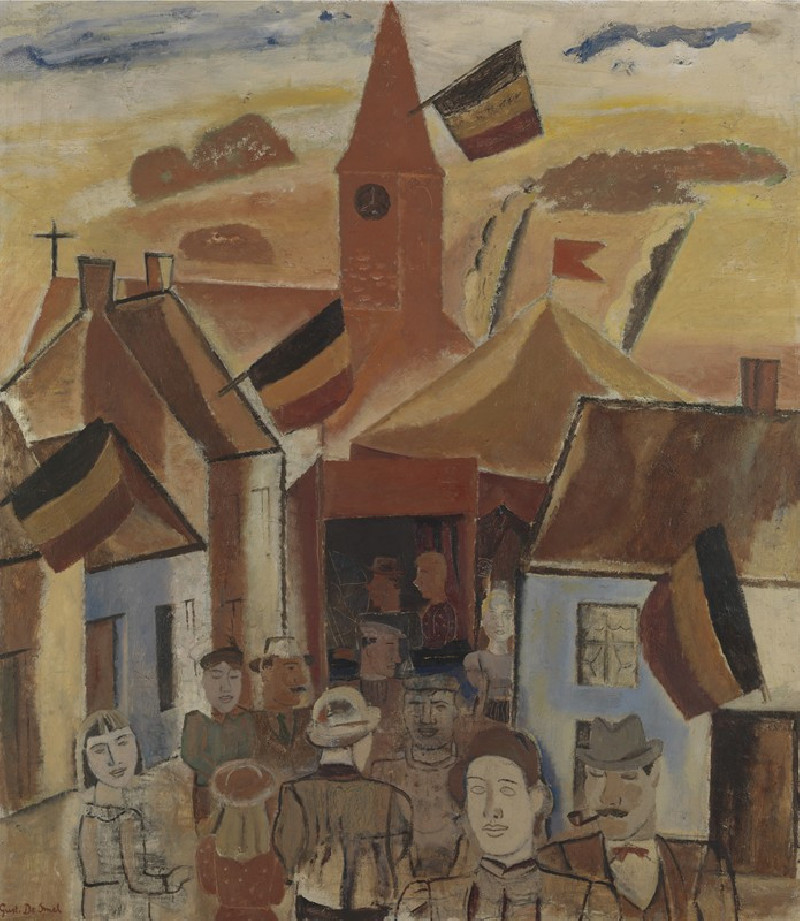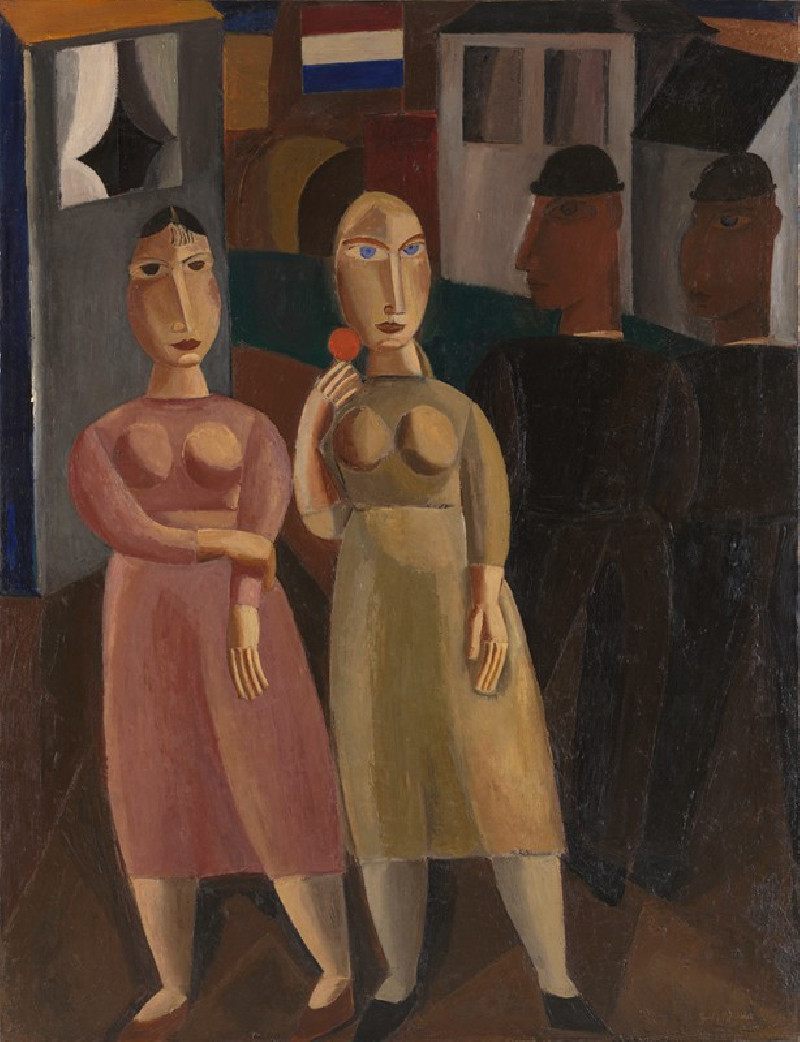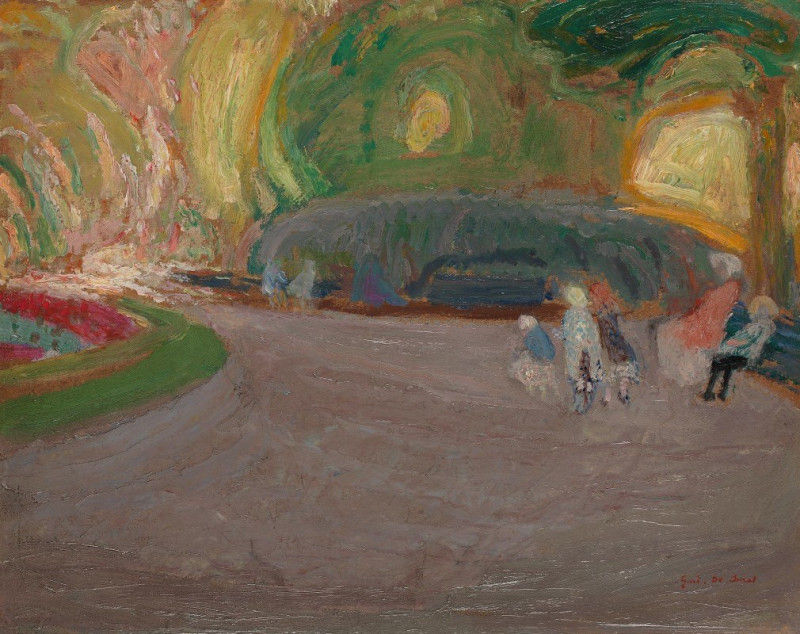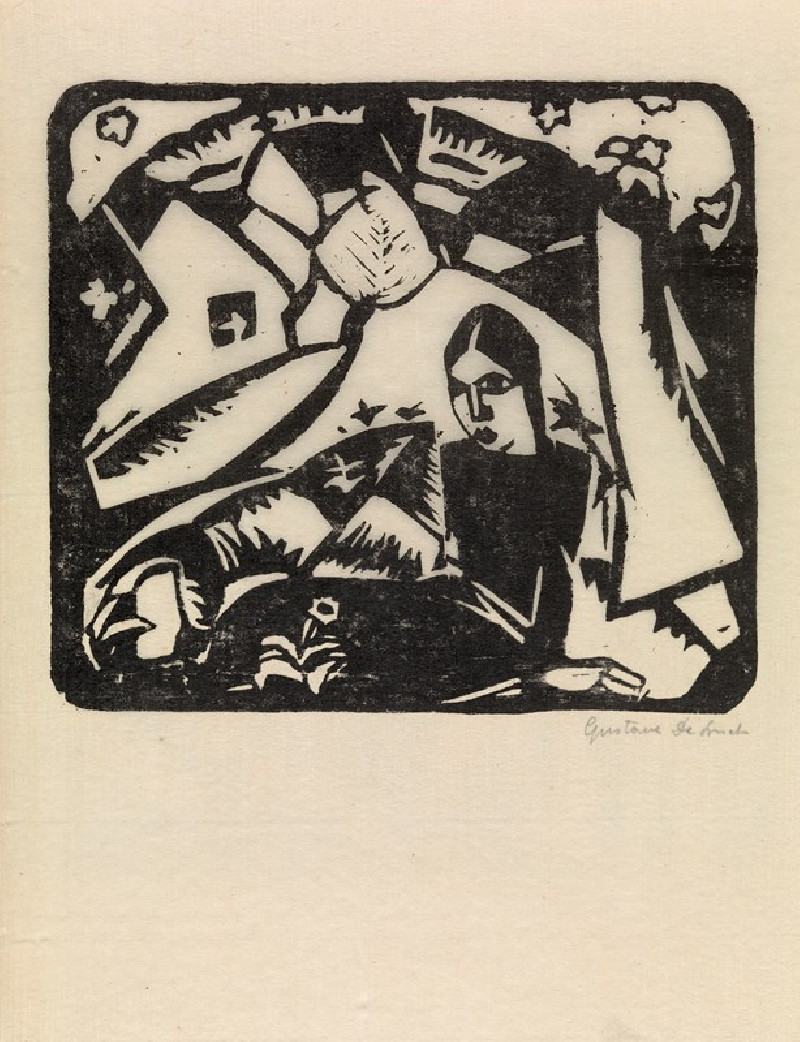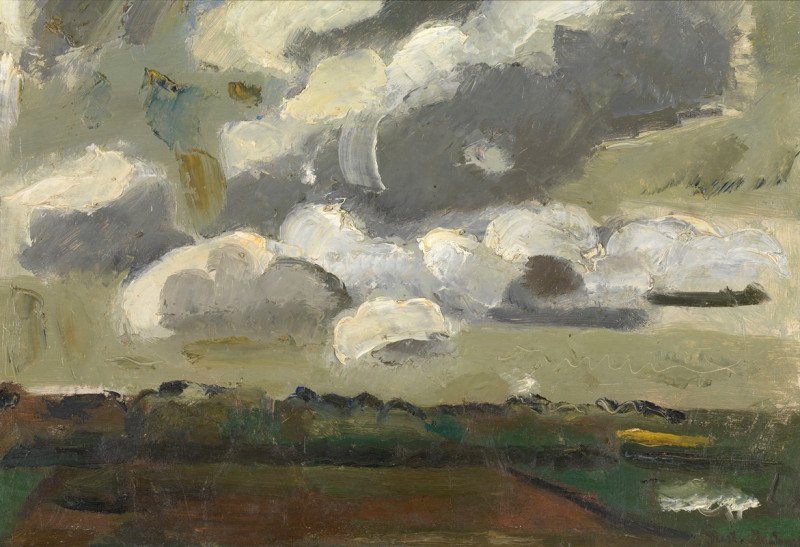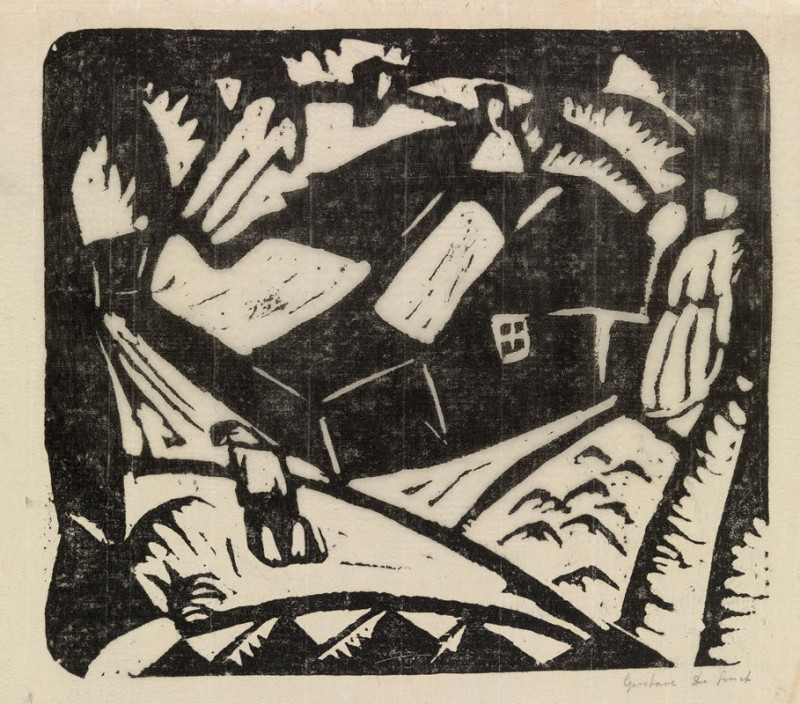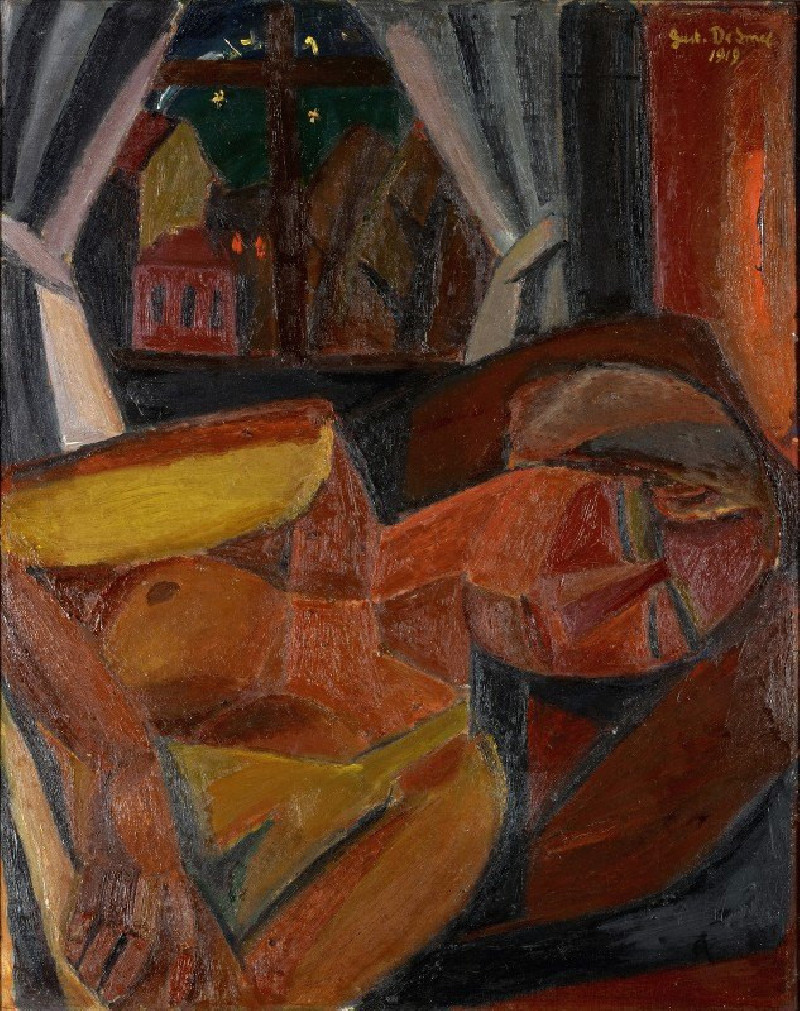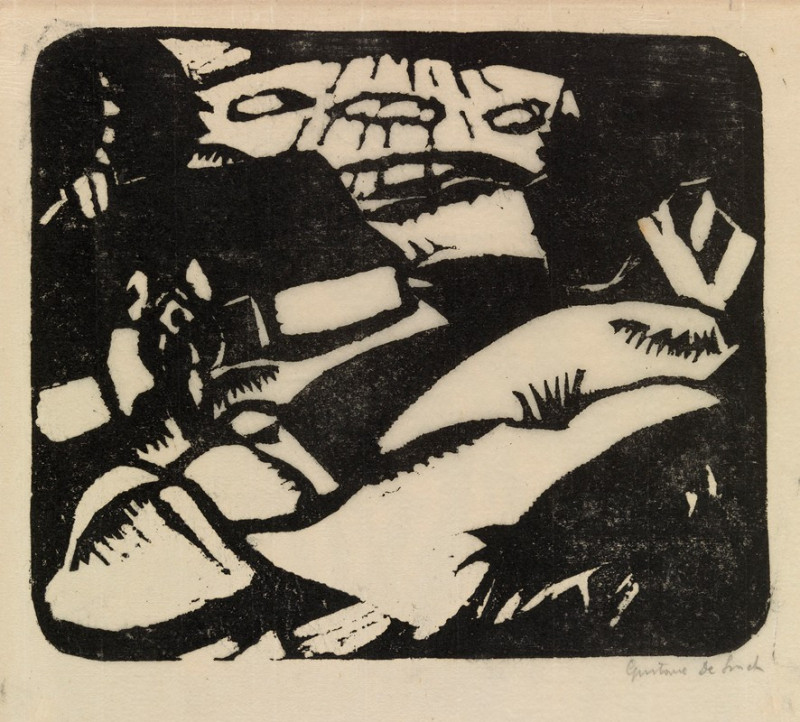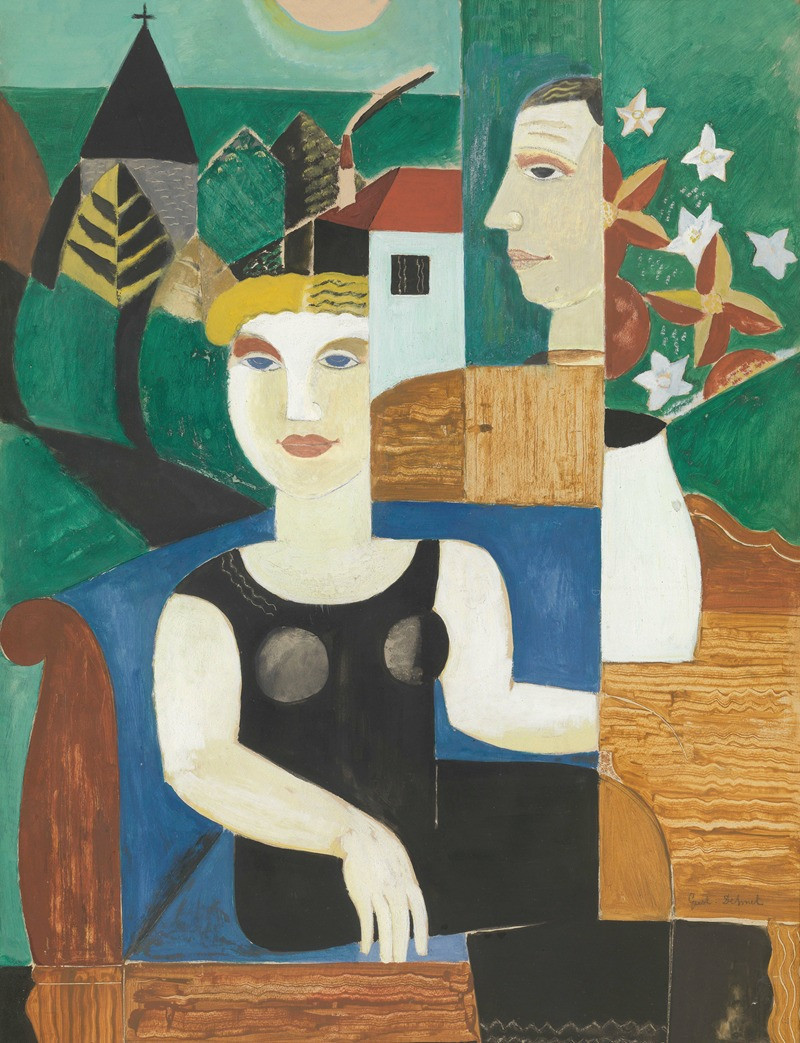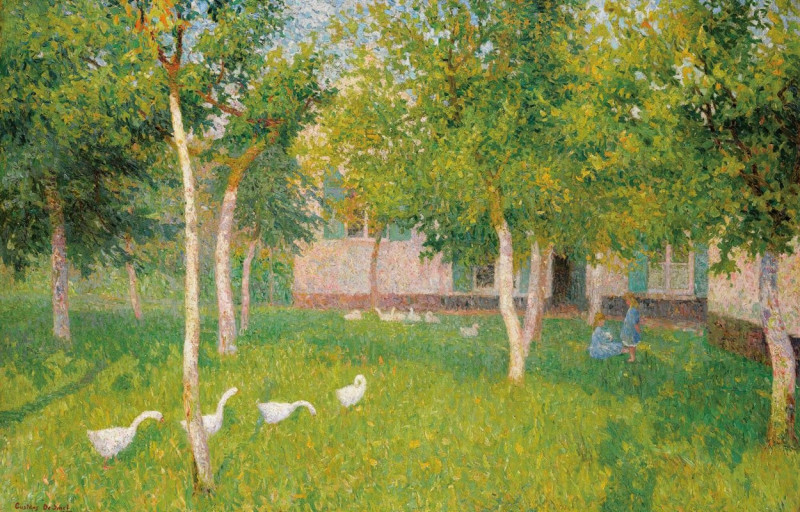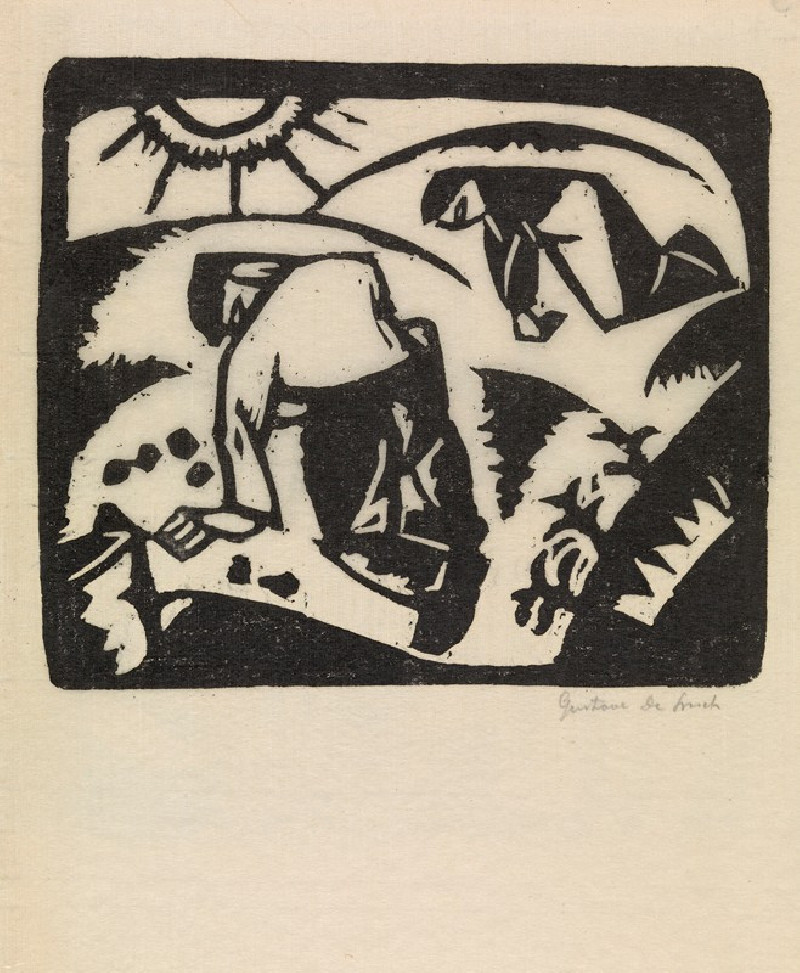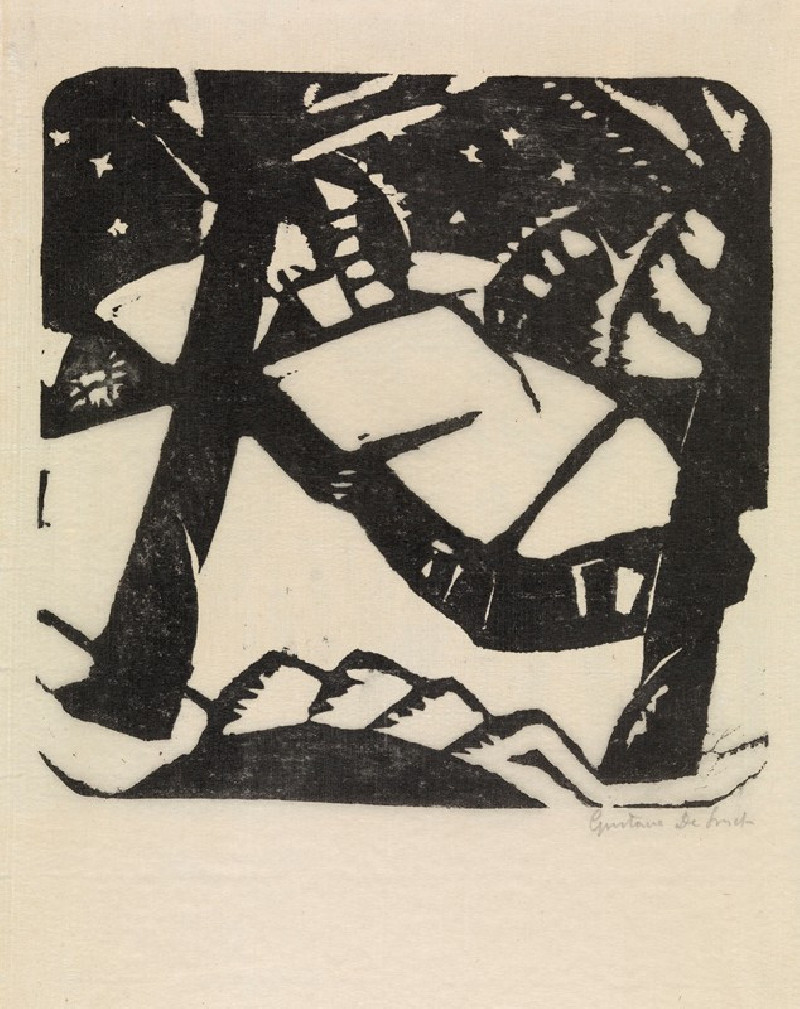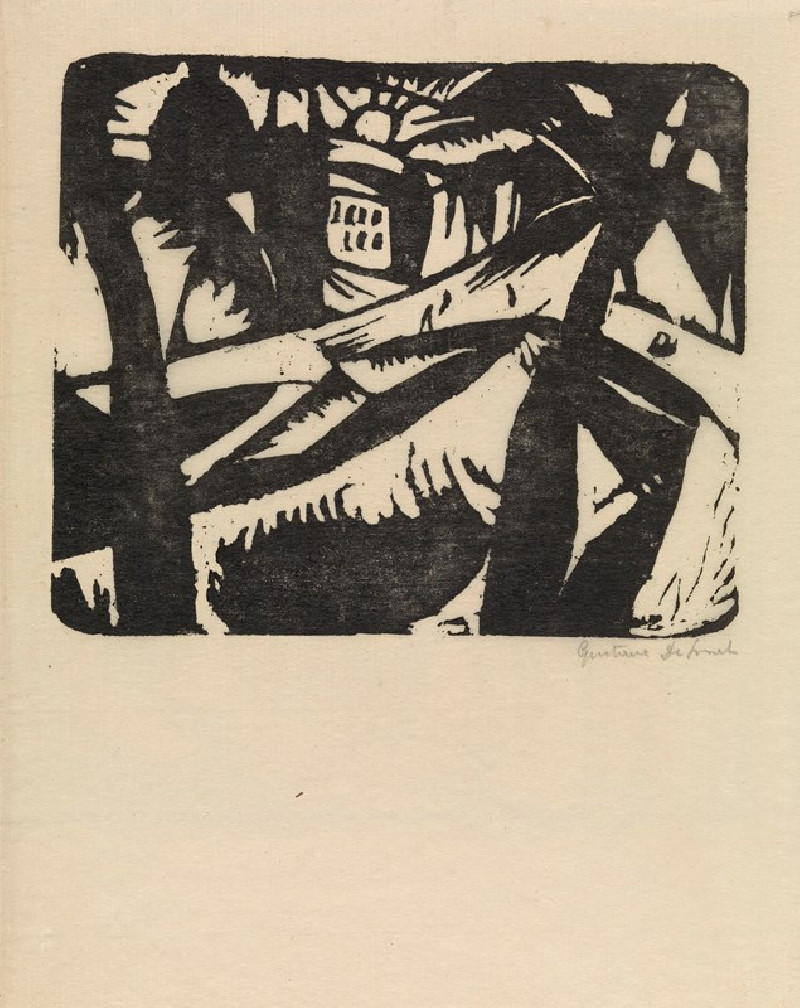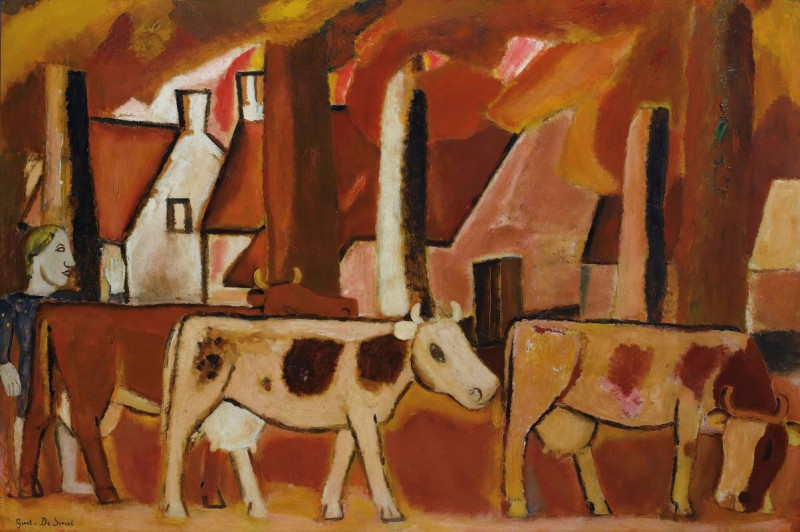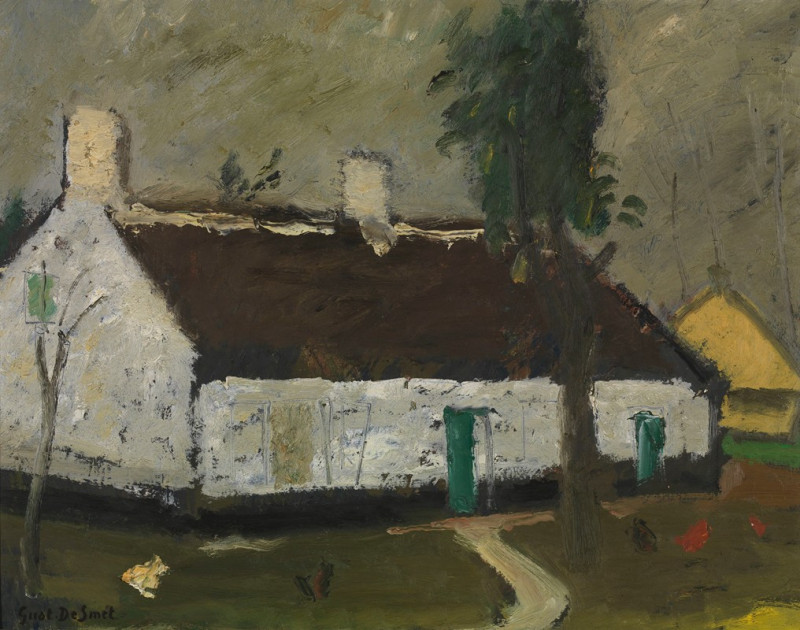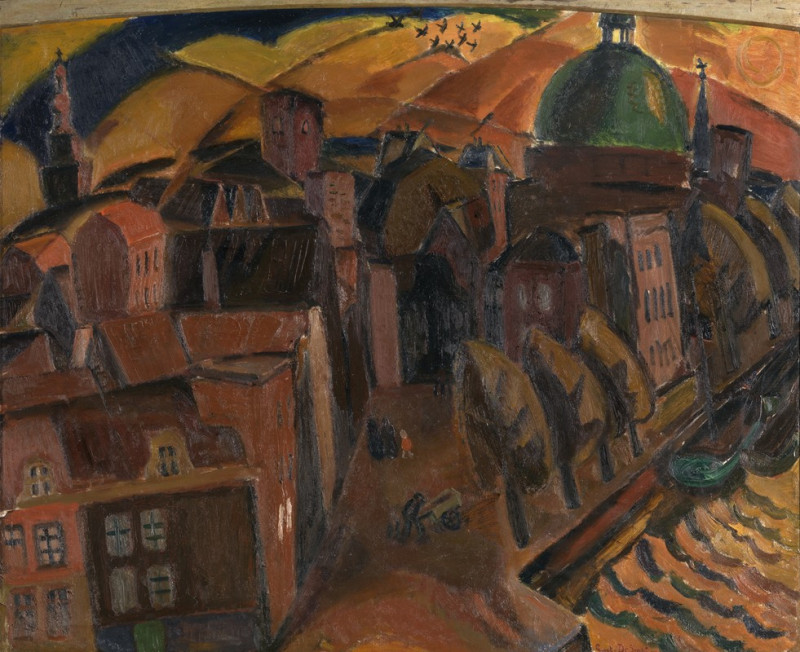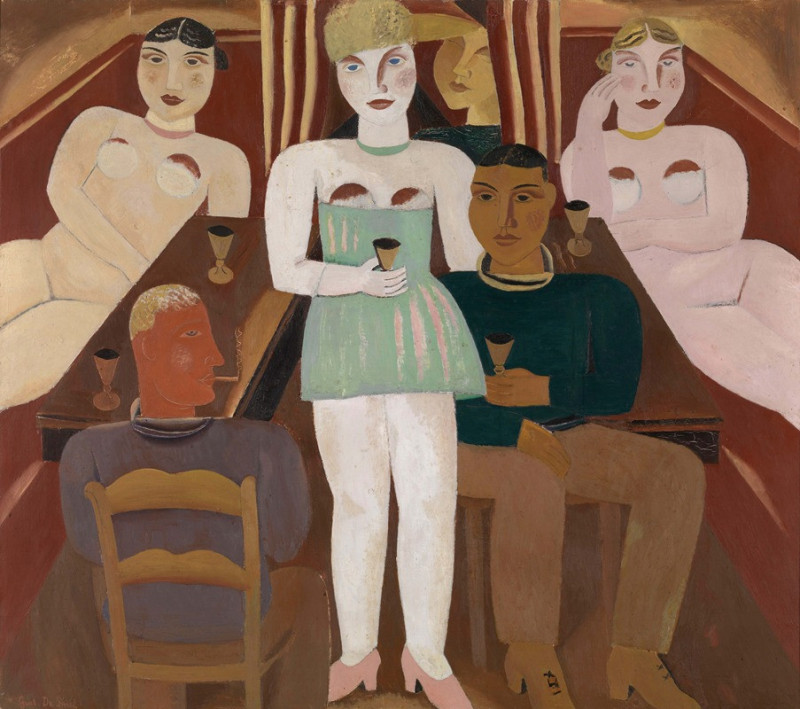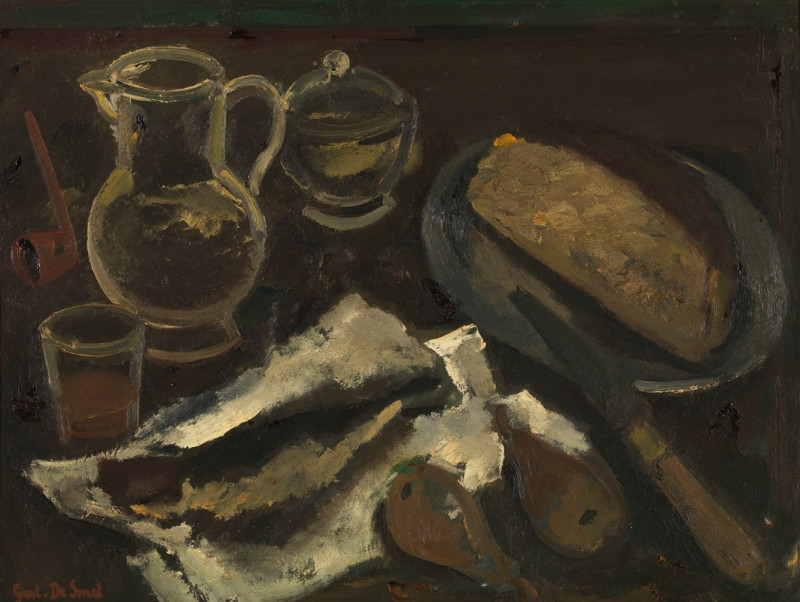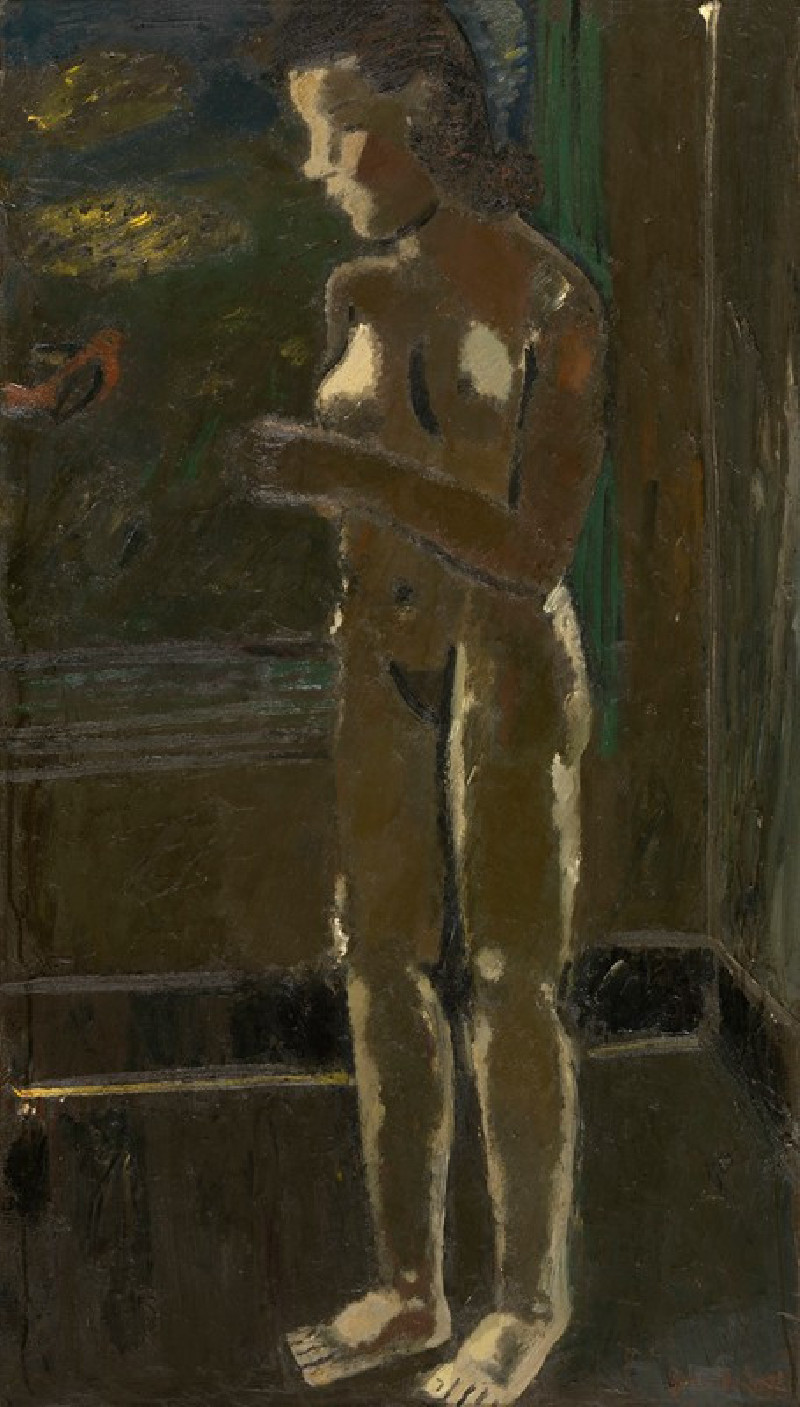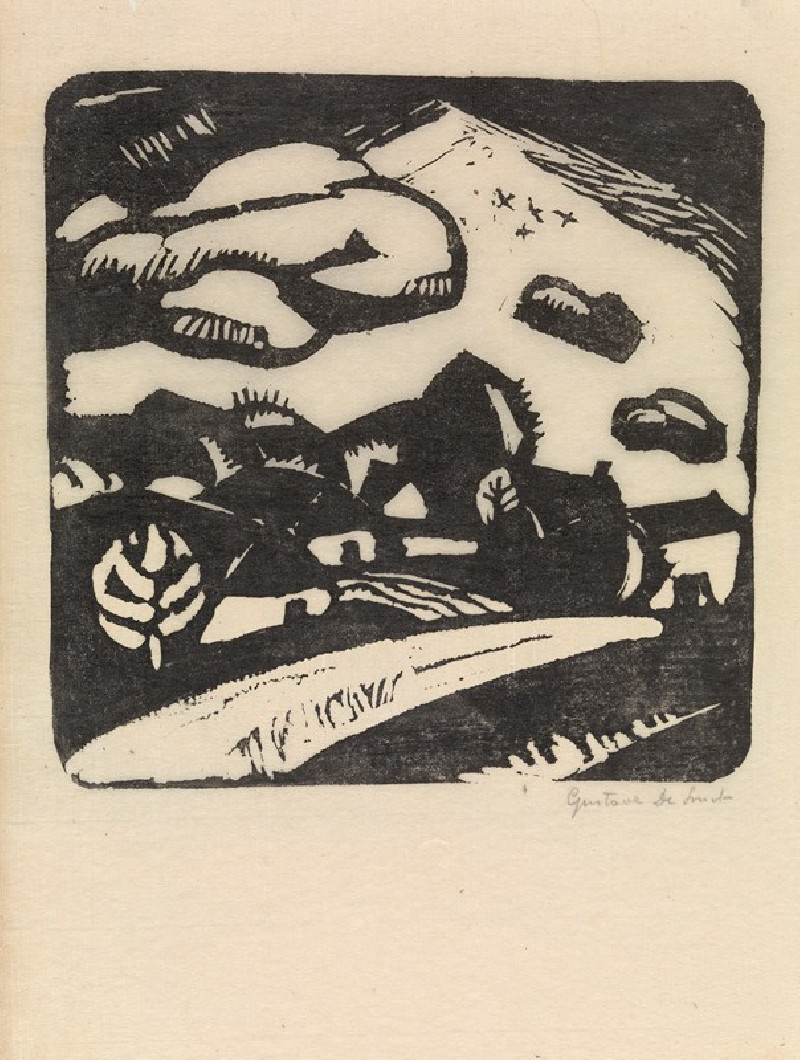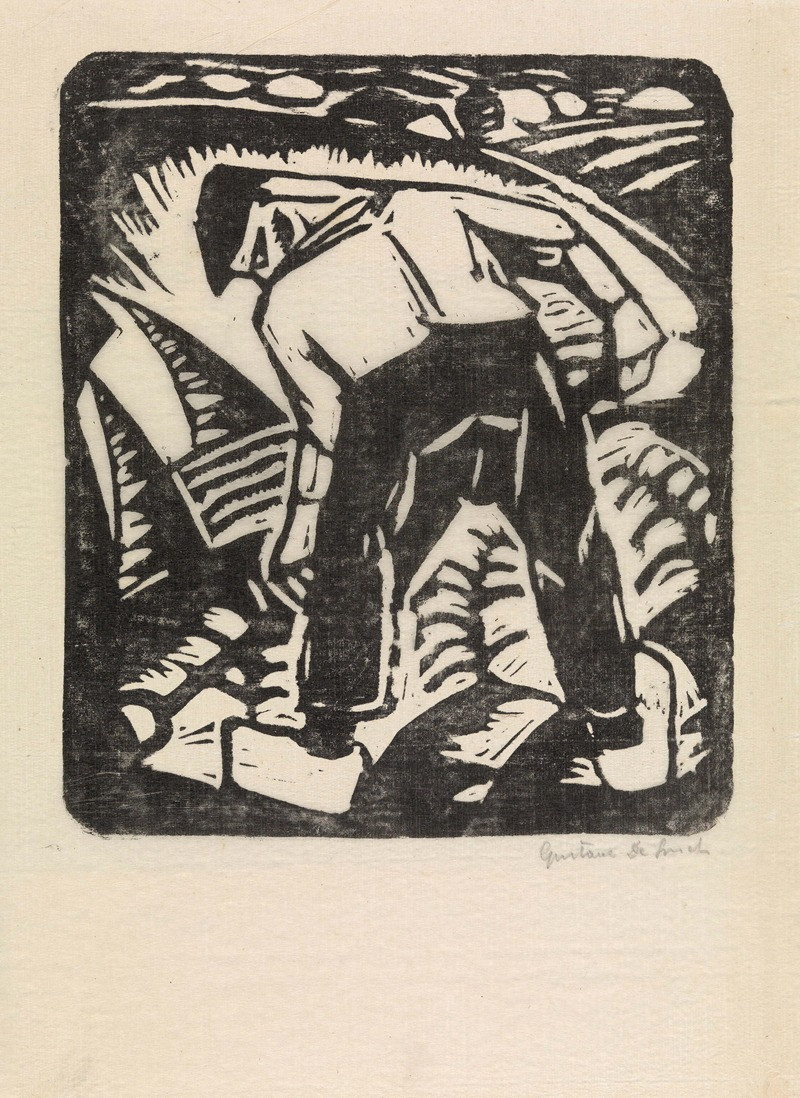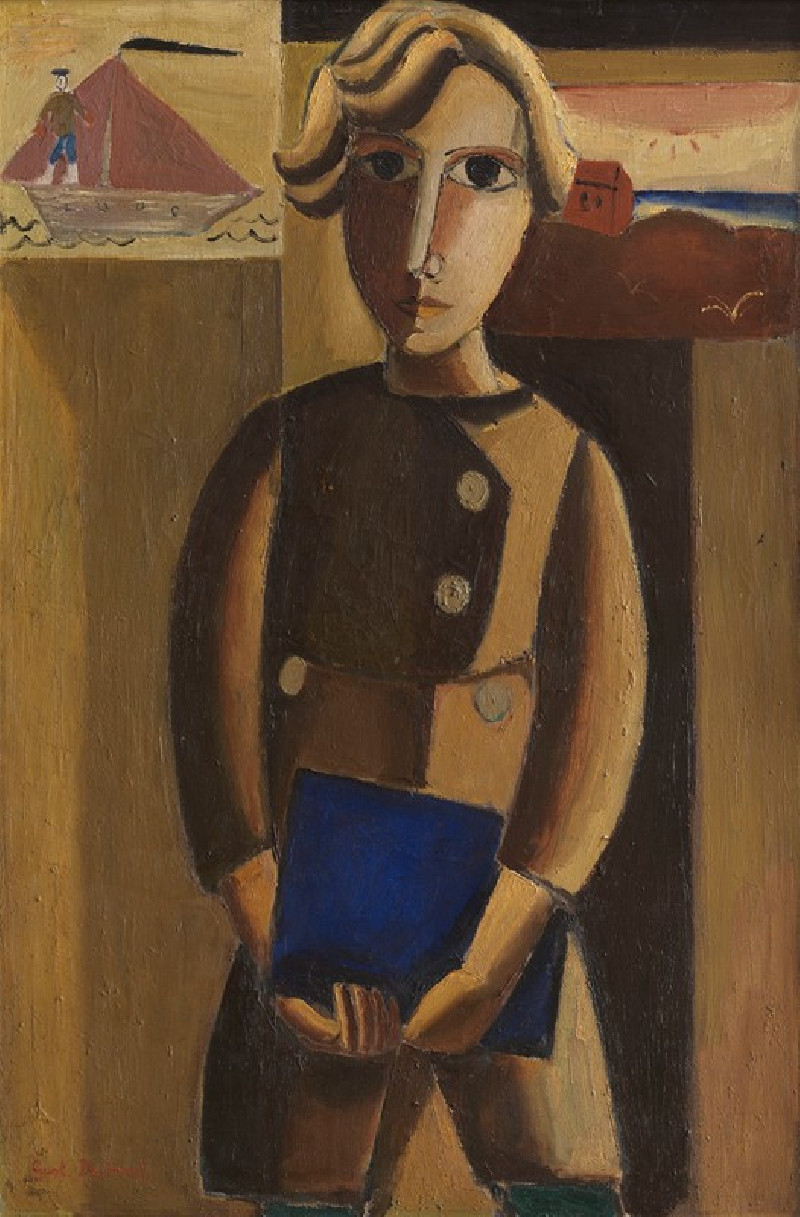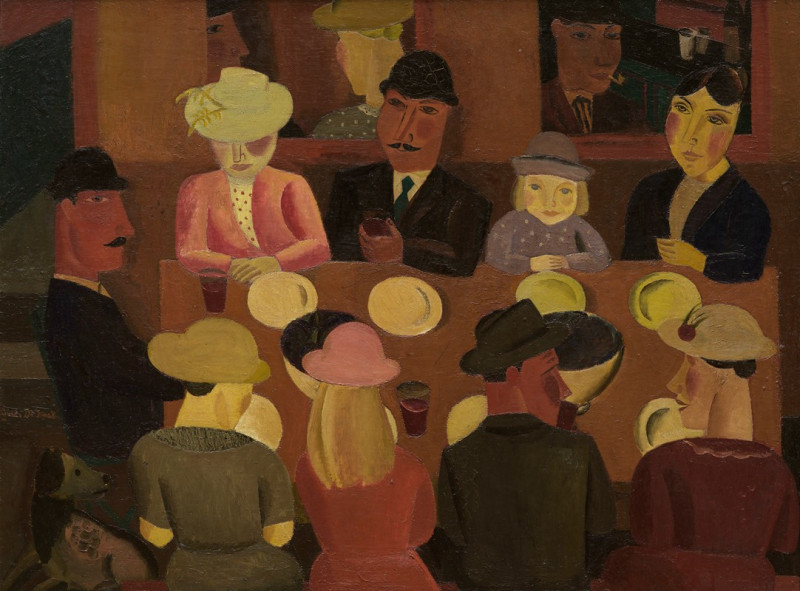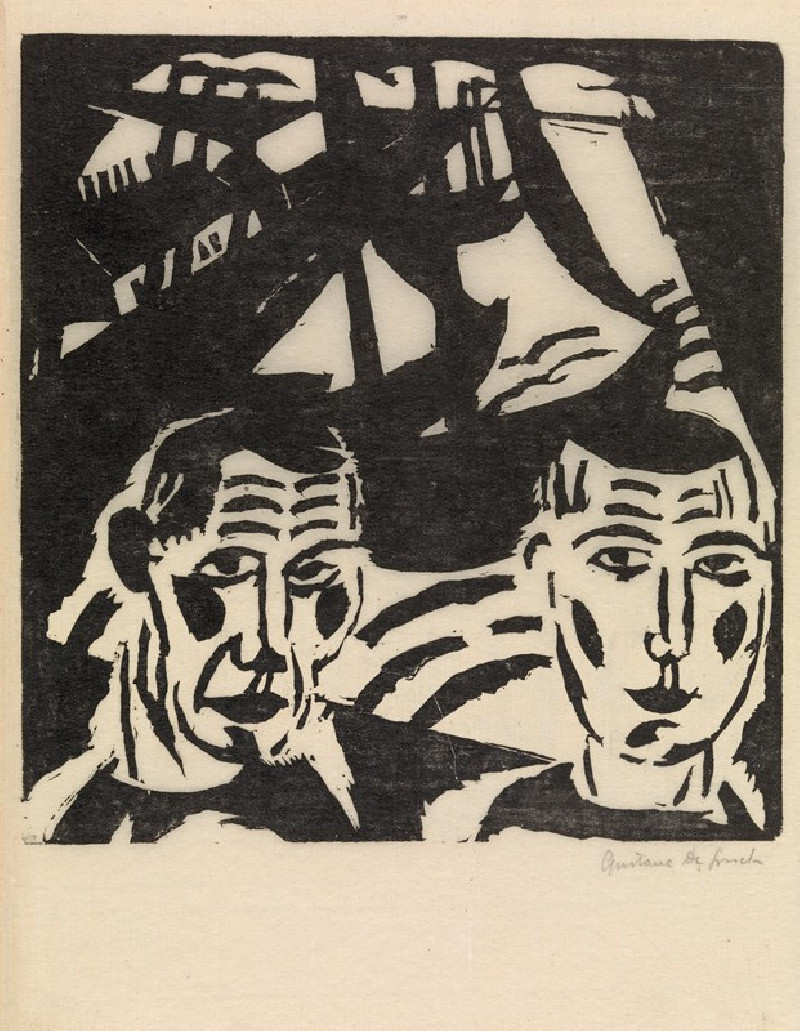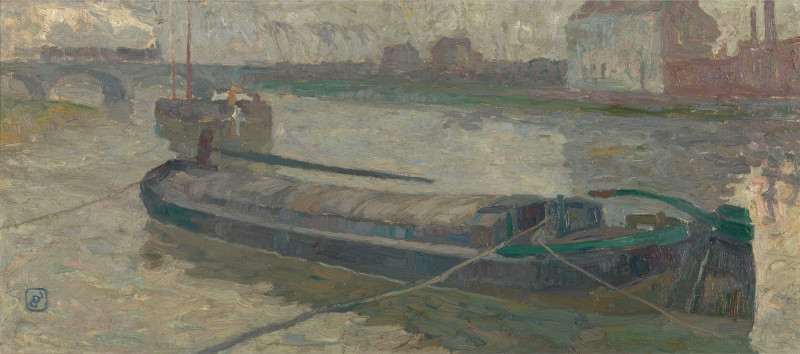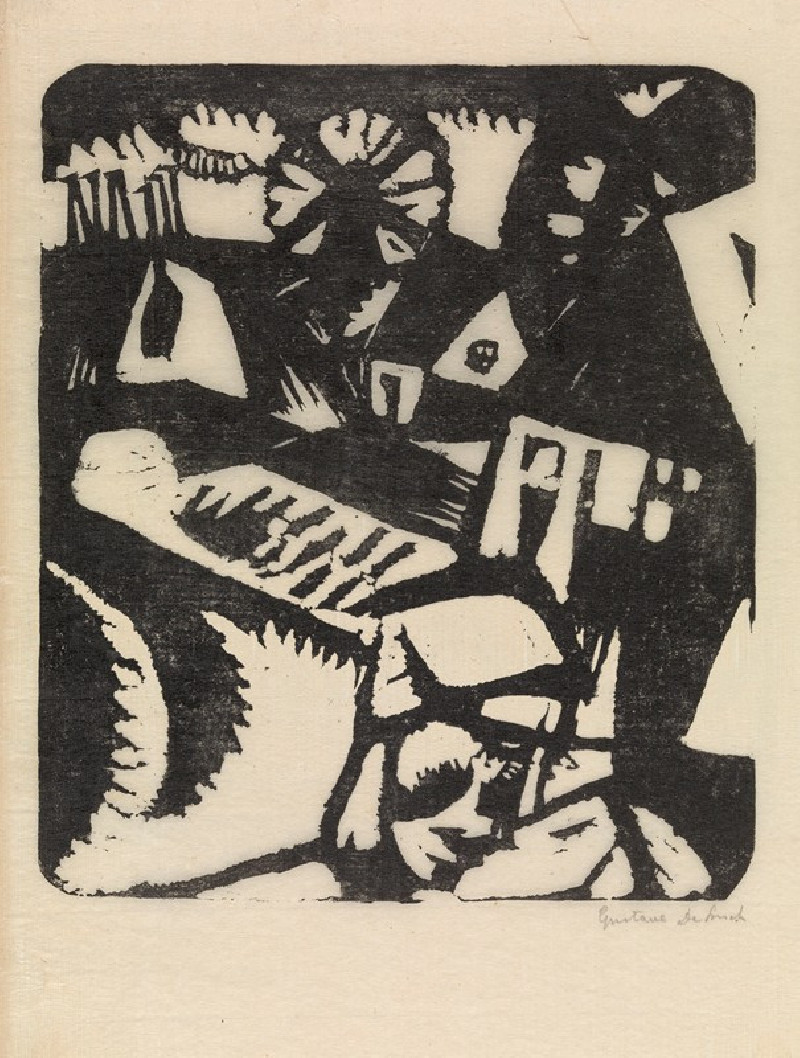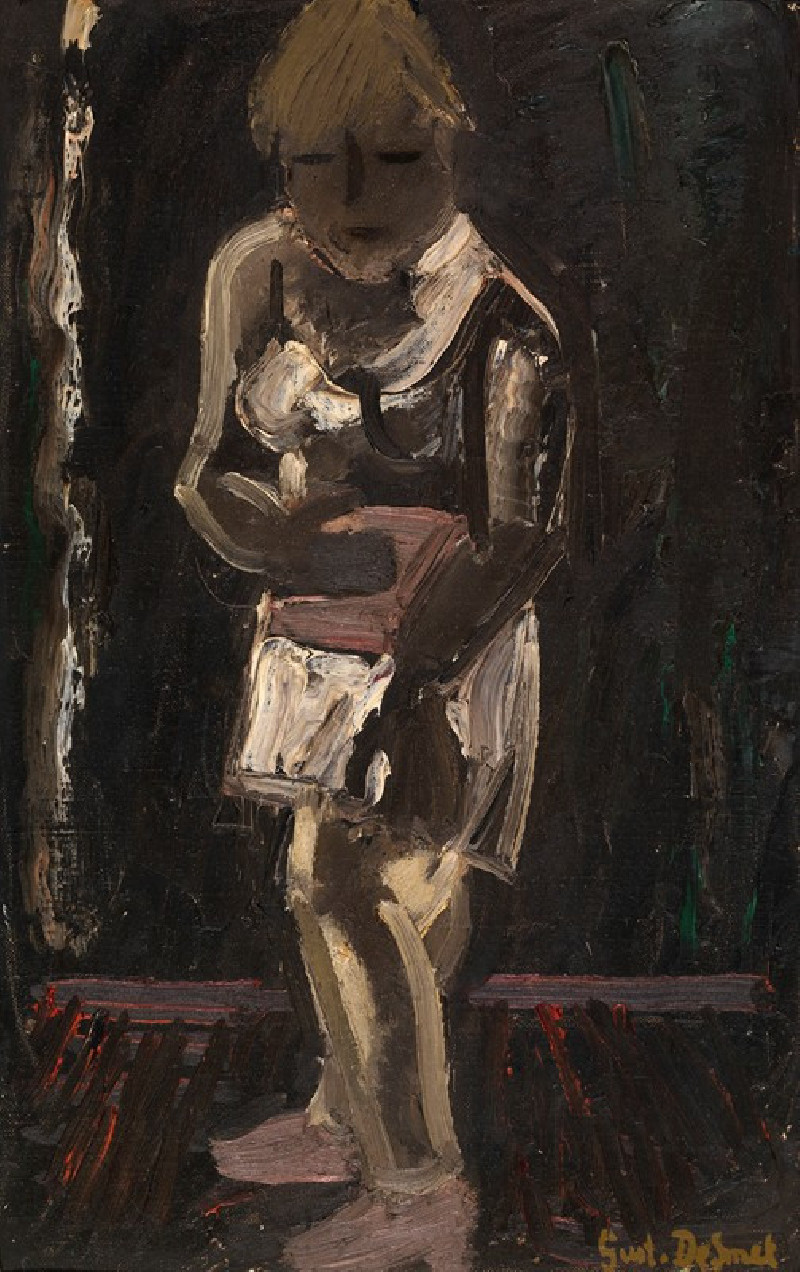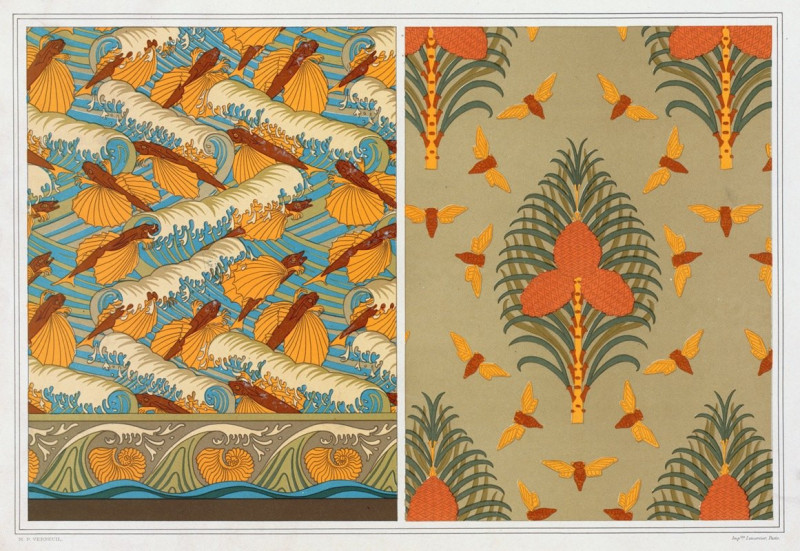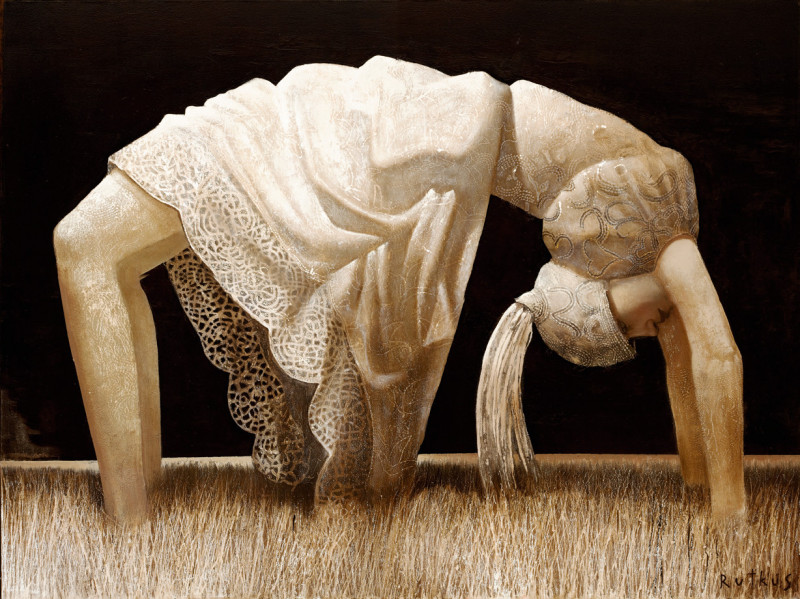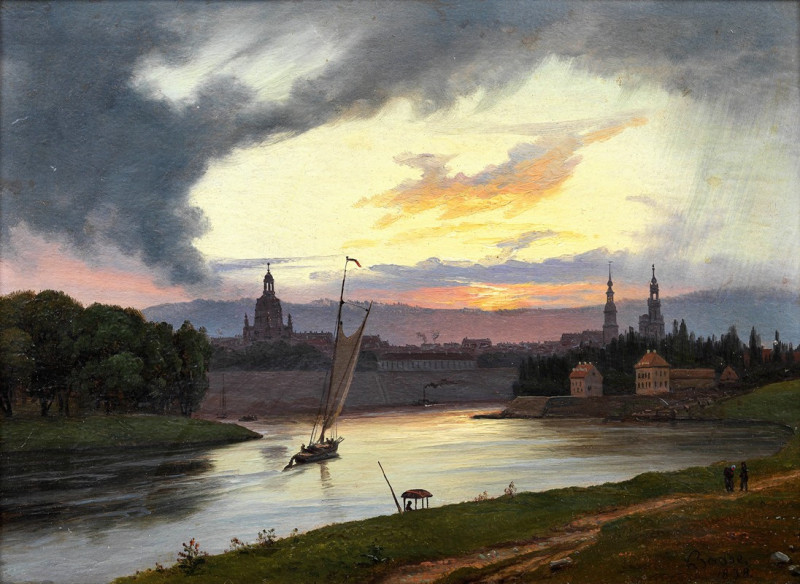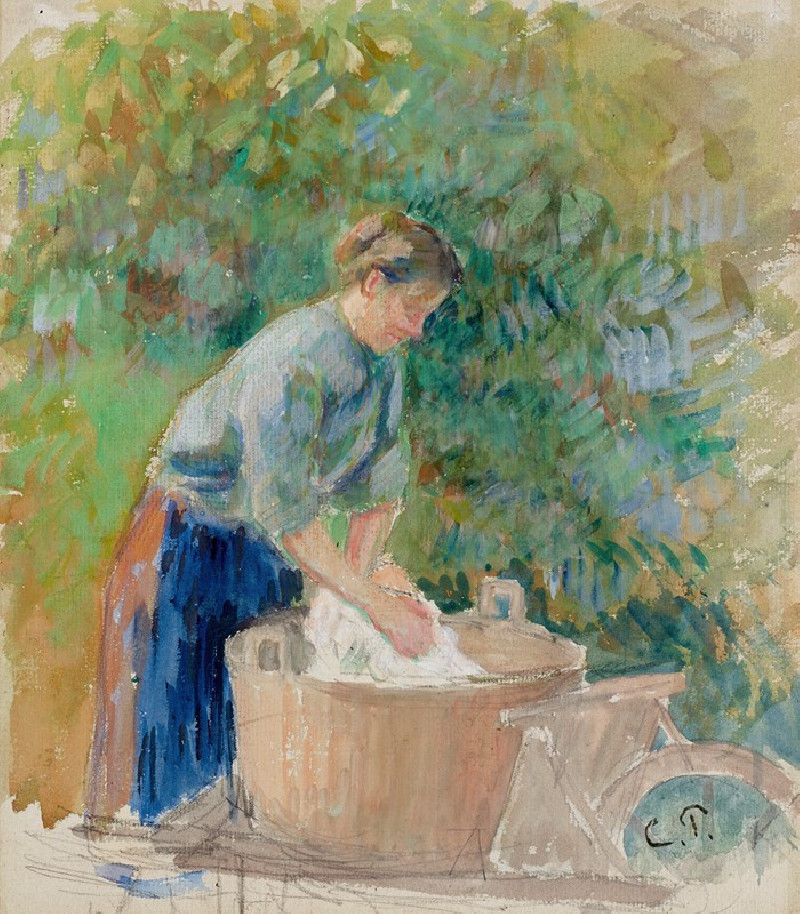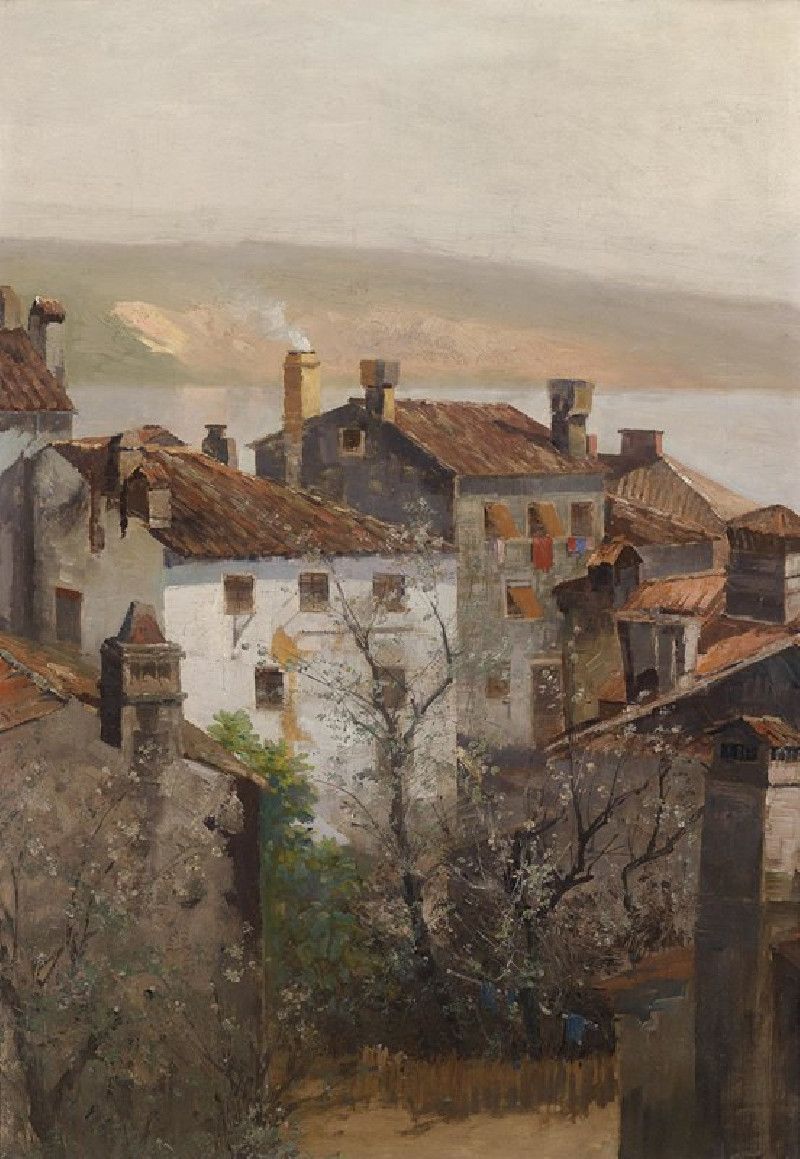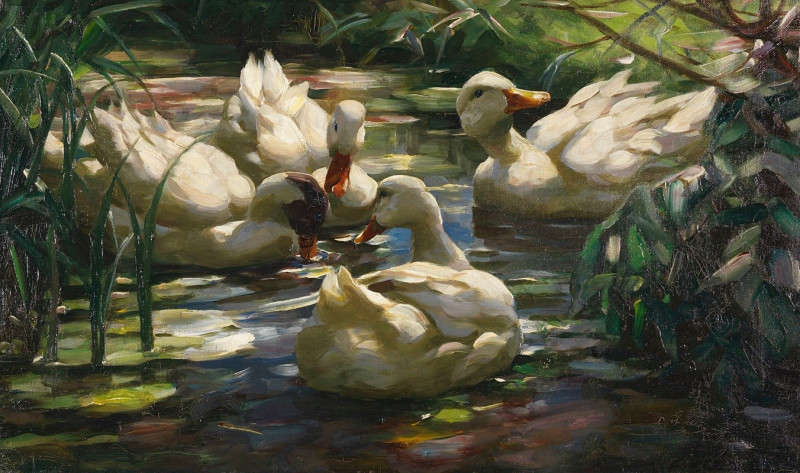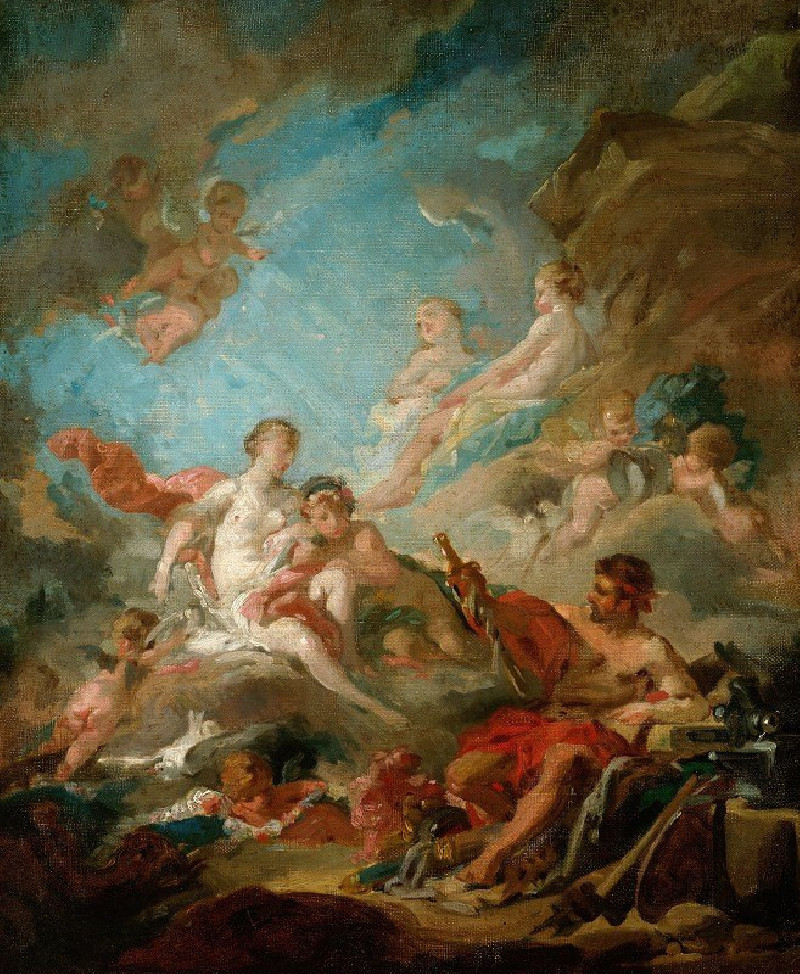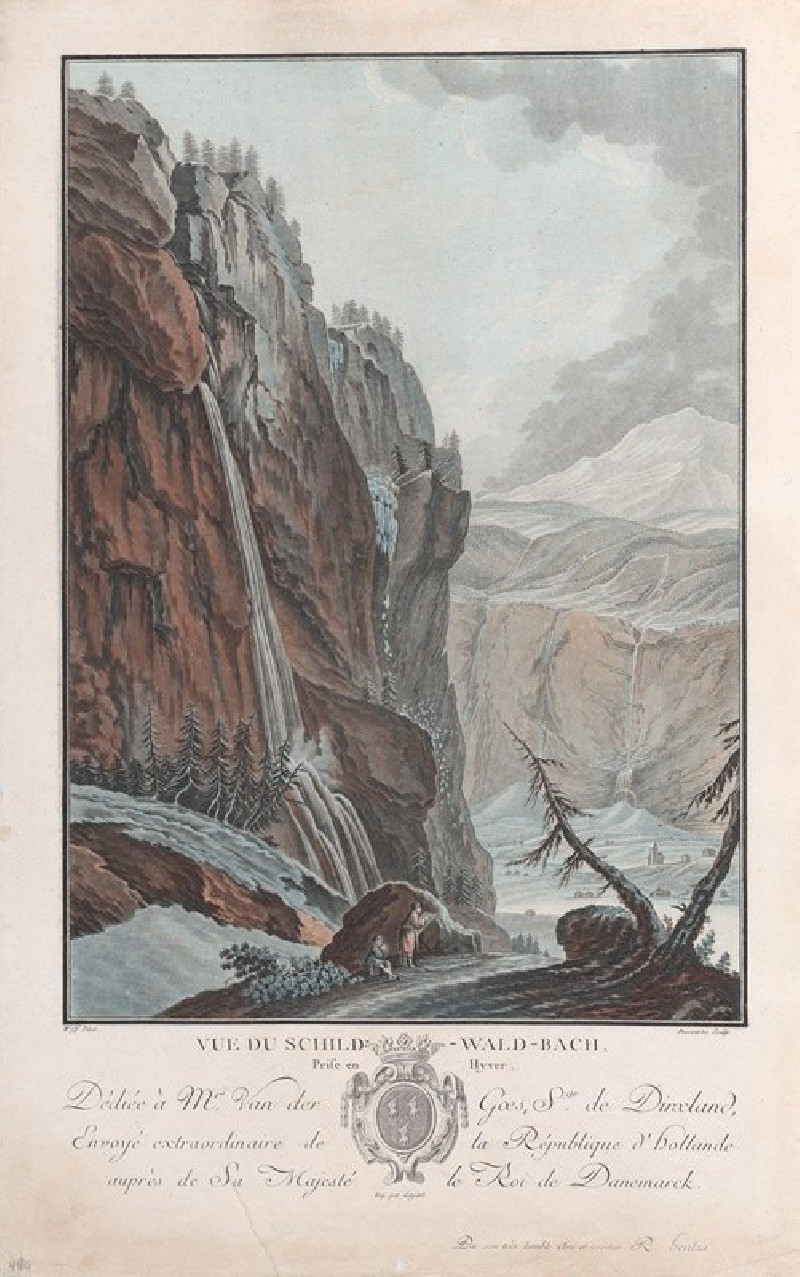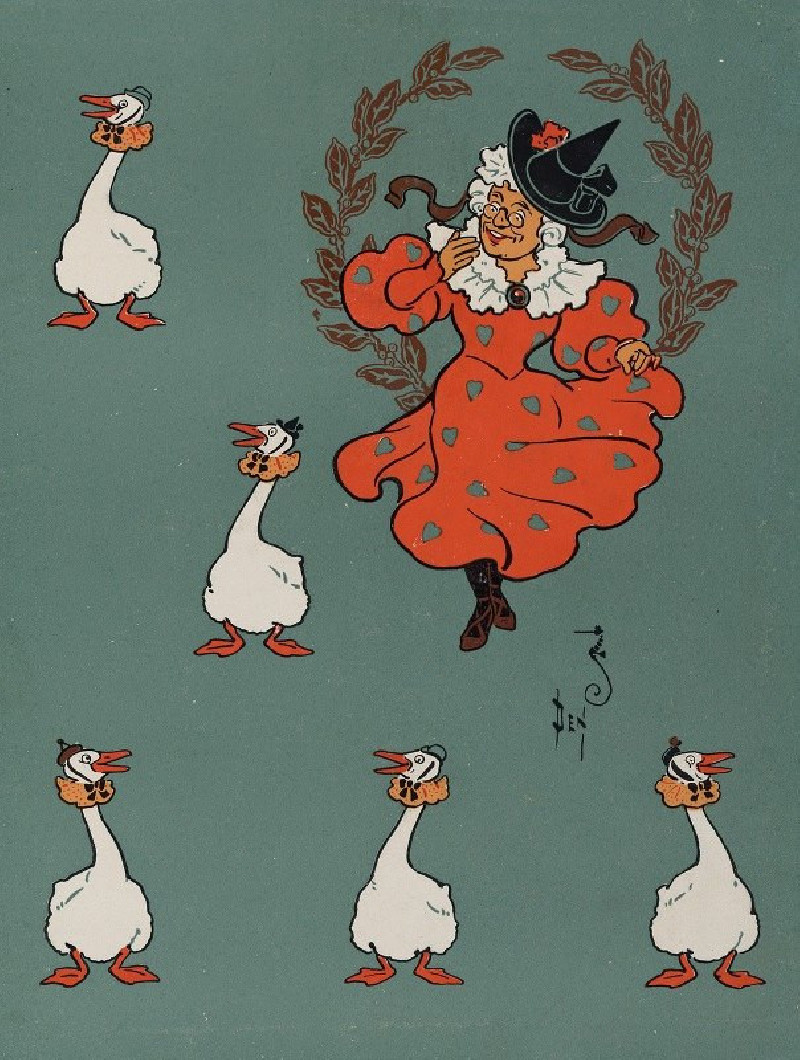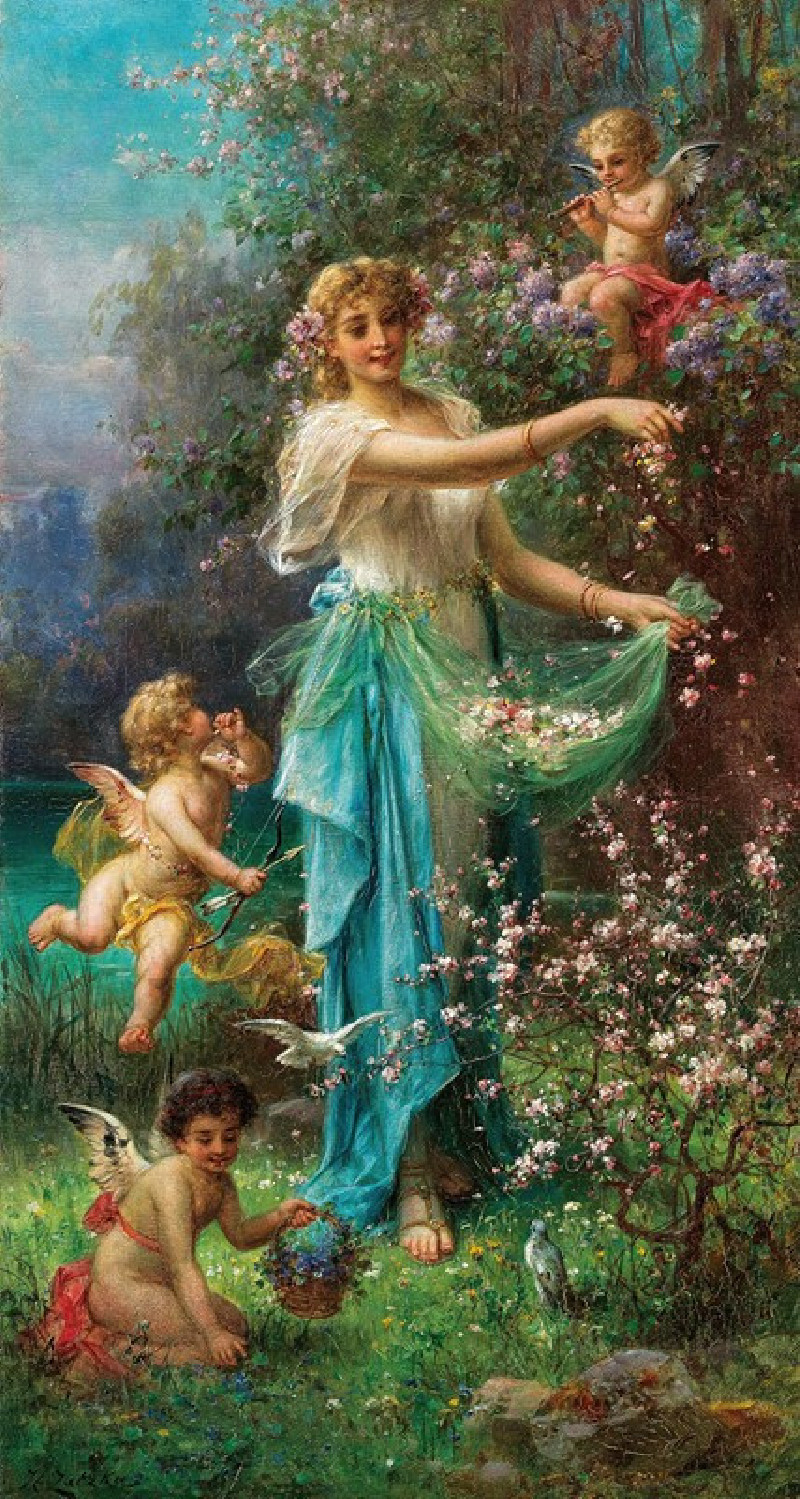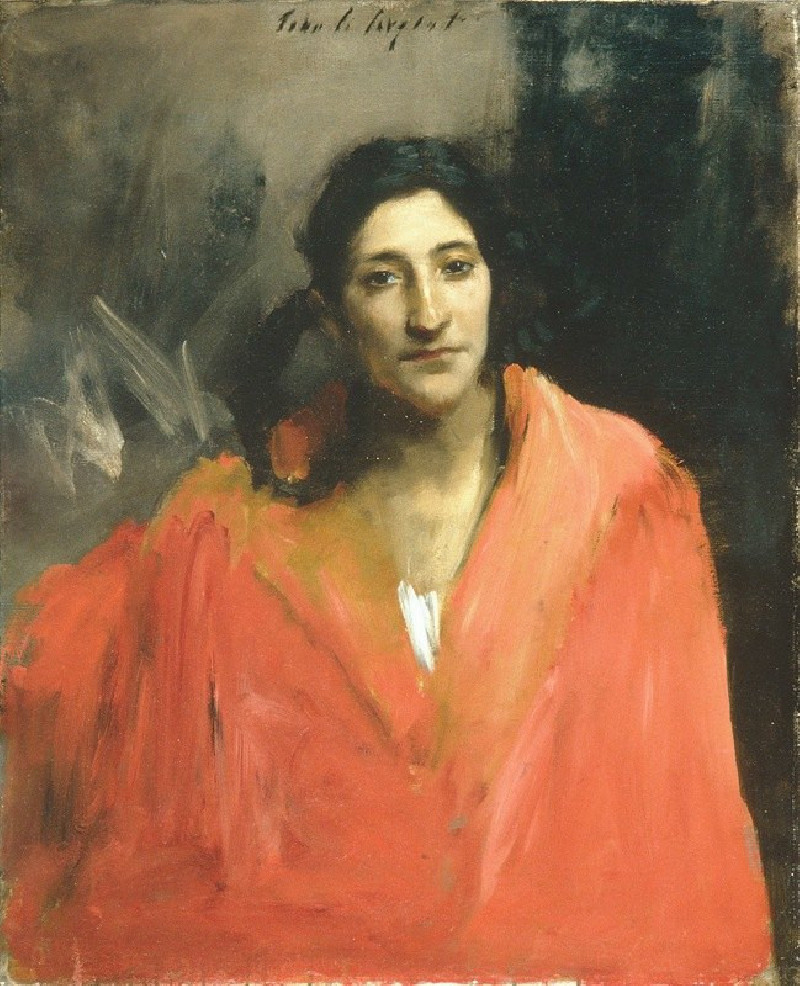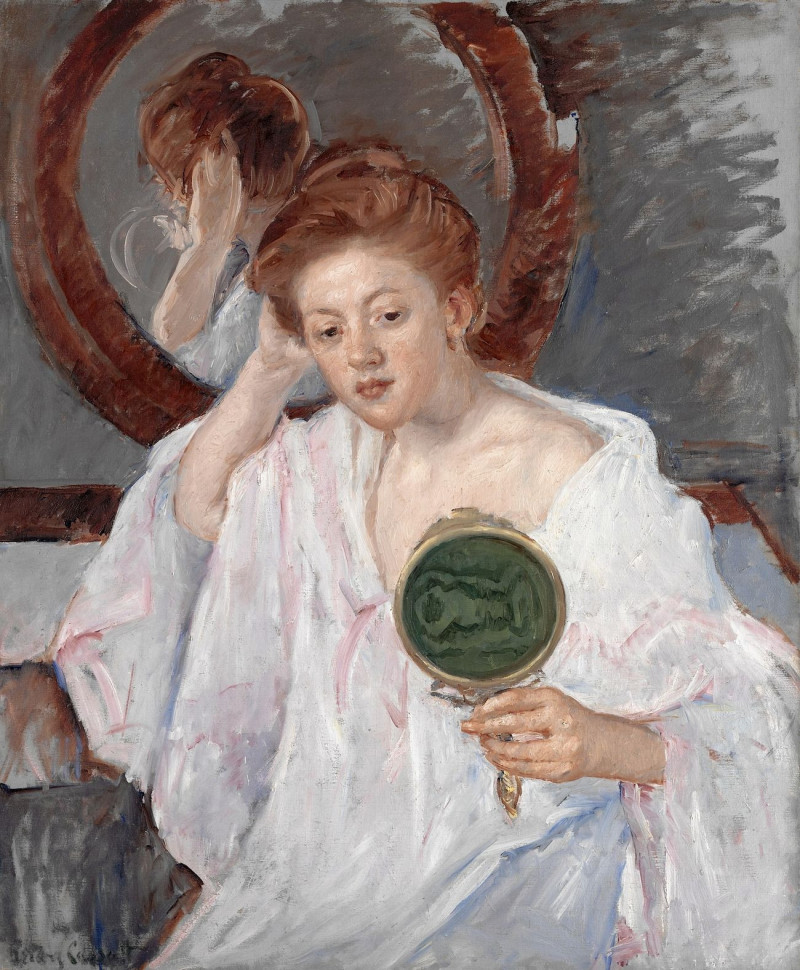Dorpskermis (1930)
Technique: Giclée quality print
Recommended by our customers
More about this artwork
Step into the heart of a lively local festival with Gustave De Smet’s captivating painting, "Dorpskermis," painted in 1930. Known for his unique style blending Expressionism and a touch of Cubism, De Smet masterfully captures the essence of communal joy and rustic charm.In "Dorpskermis," we are drawn into a bustling village scene, throbbing with the pulse of a traditional folk festival. The painting is set against a backdrop of a serene village under a bright sky. At the center, we observe the village church, its spire stretching upwards, serving as both a spiritual symbol and a navigational anchor within this clustered, intimate environment.The foreground of the painting is occupied by an assortment of village folk. Their faces, rendered with exaggerated and simplified features, reflect a spectrum of emotions, from joviality to serene contemplation. Each character, varying in expressions and attire, adds a unique texture to the festive narrative. The broad, bold strokes and earthy tones evoke a sense of enduring tradition and simple pleasures.Look closely, and you'll see the villagers are enveloped in activities perhaps associated with festival games or communal dances. Flags flutter in the wind, adding a dynamic element to the stilled moment captured by De Smet. The houses, with their sharply angled roofs and varying depths, create a rhythmic geometric harmony that guides the viewer’s eye throughout the canvas."Dorpskermis" is not just a depiction of a village fair, but a profound commentary on community life and its enduring rituals that bond people together.

